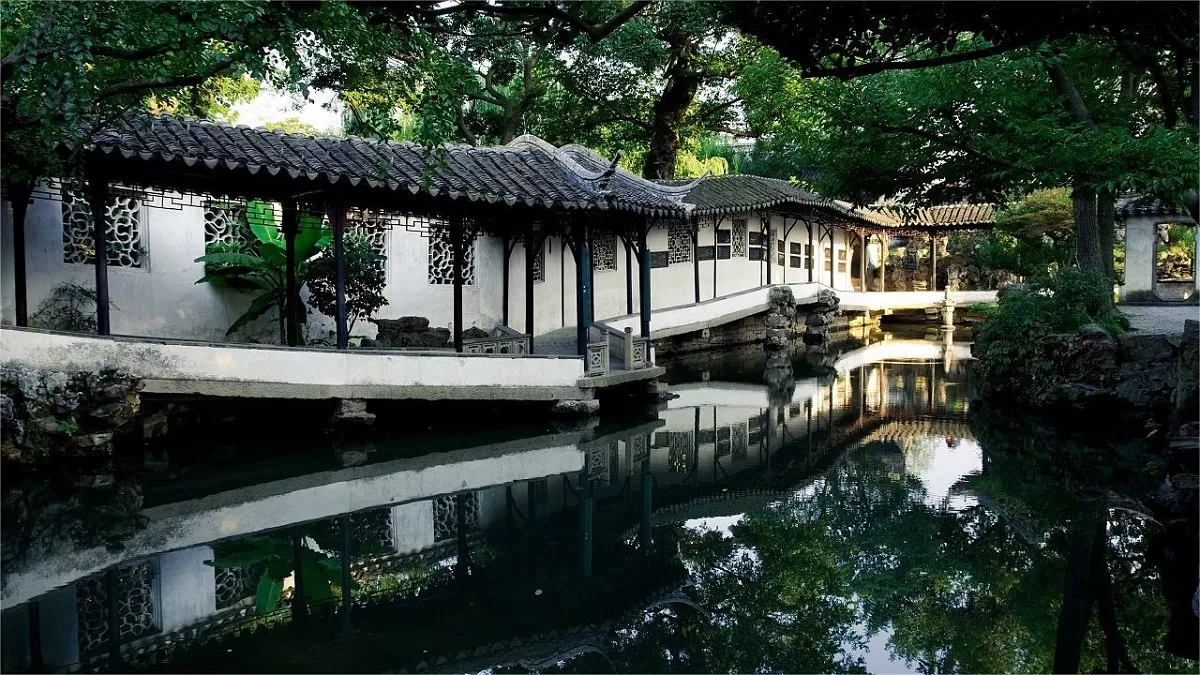Suzhou and Zhouzhuang are two distinct cities located in the Jiangsu province of China. While both cities are situated in close proximity and are known for their historical significance, they possess unique characteristics, making them interesting subjects for comparison. In this essay, we will explore the similarities and differences between Suzhou and Zhouzhuang.
Historical Significance:
Suzhou and Zhouzhuang both have rich histories that date back centuries. Suzhou, often referred to as the “Venice of the East,” has a history dating back more than 2,500 years. It is renowned for its classical Chinese gardens, ancient temples, and traditional architecture. Suzhou’s canals and bridges have earned it a reputation as a cultural and historical hub.
On the other hand, Zhouzhuang is a smaller town, yet it boasts a history that goes back over 900 years. It is often called the “Venice of China” and is celebrated for its well-preserved ancient water town features, including stone bridges, narrow canals, and traditional courtyard houses.
Architecture:
Suzhou and Zhouzhuang share a similarity in their architectural styles, characterized by classical Chinese design. Suzhou is famous for its classical gardens like the Humble Administrator’s Garden and the Lingering Garden, which feature intricate pavilions, rockeries, and water elements. The city is also known for its historic temples and silk factories that showcase traditional Chinese architecture.
Zhouzhuang, with its well-preserved ancient structures, is a testament to traditional Chinese architecture. The town’s buildings are made of white-washed walls and gray-tiled roofs, which are typical of the Ming and Qing dynasties. Visitors can find beautiful courtyard residences, wooden bridges, and ancestral halls in Zhouzhuang, exemplifying the charm of ancient Chinese towns.
Waterways:
Both Suzhou and Zhouzhuang are famous for their intricate water systems, which have contributed to their “Venice” nicknames. Suzhou’s network of canals and rivers is integral to its character and charm. The Grand Canal, a UNESCO World Heritage Site, runs through Suzhou, and the city’s renowned waterways connect gardens, temples, and traditional streets.
Zhouzhuang, as a water town, is even more defined by its canals and waterways. The town is intersected by rivers and canals, which are often crossed by ancient stone bridges. The waterways play a crucial role in transportation and are one of the primary attractions for tourists. Zhouzhuang’s rivers and canals create a serene and picturesque atmosphere.
Cultural Significance:
Both Suzhou and Zhouzhuang are deeply embedded in Chinese culture and have contributed significantly to the nation’s heritage. Suzhou has been a center for classical Chinese arts, including silk production, traditional opera, and calligraphy. The city has produced famous poets, scholars, and artists throughout its history, leaving an indelible mark on Chinese culture.
Zhouzhuang, while smaller in scale, has its own cultural significance. The town is known for its folk customs, such as the local opera and traditional festivals. It offers a glimpse into the everyday life of ancient China, with activities like washing clothes in the river and preparing local delicacies. This cultural immersion is a unique aspect of Zhouzhuang’s appeal.
Tourism and Modernization:
In recent years, both Suzhou and Zhouzhuang have seen an increase in tourism due to their historical and cultural attractions. Suzhou, as a larger and more accessible city, has experienced significant modernization. It is now home to numerous luxury hotels, shopping malls, and a vibrant nightlife. The city has embraced modernity while preserving its historical sites.
Zhouzhuang, being a smaller and more remote town, has managed to retain a more traditional atmosphere. While it caters to tourists, it does so in a way that preserves its historic character. The streets of Zhouzhuang are still lined with small shops selling local crafts and traditional snacks, offering a more authentic experience.
Accessibility:
Suzhou is well-connected to other major Chinese cities, with a high-speed rail network, extensive road infrastructure, and an international airport. This accessibility makes it a convenient destination for both domestic and international travelers.
Zhouzhuang, while accessible by road, is not directly connected to high-speed rail lines. Visitors often reach Zhouzhuang by car or bus from nearby cities like Suzhou and Shanghai. Its relative seclusion adds to its charm but can make it slightly less accessible for some travelers.
In conclusion, Suzhou and Zhouzhuang are two remarkable cities in Jiangsu province, China, known for their historical, cultural, and architectural significance. While they share similarities in terms of their classical Chinese architecture and waterway systems, they also exhibit differences in terms of size, modernization, and accessibility. Suzhou’s status as a major city has led to greater modernization and accessibility, while Zhouzhuang retains a more intimate, traditional, and secluded charm. Both cities offer a unique glimpse into China’s rich history and culture, making them valuable destinations for travelers seeking to explore the country’s heritage.


